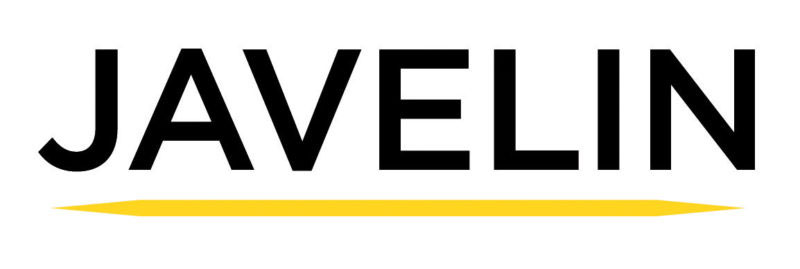Ecommerce, m-commerce and social purchases have dominated the headlines as top vehicles and drivers for consumer purchases for the past decade.
Recent analysis shows a new “contextual” consumer is in town whose reliance on Internet of Things (IoT) and other mobile devices creates an environment for greater impulse purchases.
Almost 1 in every 2 dollars spent online will come from online purchases made using a mobile device by in 2020, fueled by contextual shopping, mobile first mentality, and increasing reliance on mobile devices. Javelin’s recent report, 2016 Online Retail Payments Forecast, examines the new IoT and mobile devices and applications consumers are using to purchase through online and mobile channels.
Online retail transactions, through both PCs and mobile devices continue their rapid rise, climbing by almost 12 percent, from US$379 billion in 2014 to nearly $424 billion in 2015.
Mobile devices continue to comprise an increasing share of e-commerce sales, and the integration of channel options ─ allowing shoppers to select and pay in one channel and pick up or return merchandise in another ─ has enhanced the value of digital options as a medium for commerce, according to recent data from Javelin.
As well, new market trends such as mobile apps speeding up in-store checkouts, apps integrating with mobile wallets to enable purchasing, and the use of embedded and networked device sensors for reordering are contributing to an increasingly dynamic digital commerce marketplace. The report offers in-depth analysis of developing trends in e-commerce and forecasts online purchasing patterns through 2020.
Buy buttons were introduced in 2014 to enable retailers to bring goods and services into social media, allowing consumers to casually browse and purchase in-app, without ever having to leave the social media site.
Likewise, IoT devices are smart devices with embedded and networked sensors and the ability to use wi-fi or wired connections to transmit information, allowing consumers to purchase directly from the device with each interaction, the Javelin data revealed.
For example, a consumer would place an Amazon Dash Button to the Tide laundry detergent for the washing machine and press it to reorder a new box when the detergent runs low. These IoT devices such as Dash buttons, Amazon Echo/Alexa, and Samsung Family Hub, and mobile apps like Fandango, Papa John’s, and Ikea, are becoming more relevant to consumers by being positioned within a home or office and able to engage in commerce at a moment’s notice.
“As consumers move to a ‘mobile first’ mentality when it comes to e-commerce, they are relying on the most frictionless payments to complete purchases ‘on the go’,” said Michael Moeser, Javelin’s director of payments. “Consumers will increasingly gravitate to using payment forms that offer the easiest, fastest and most secure payment methodology, particularly one that also integrates shipping/billing addresses as this removes the challenges of typing on a smaller phone keyboard.”




